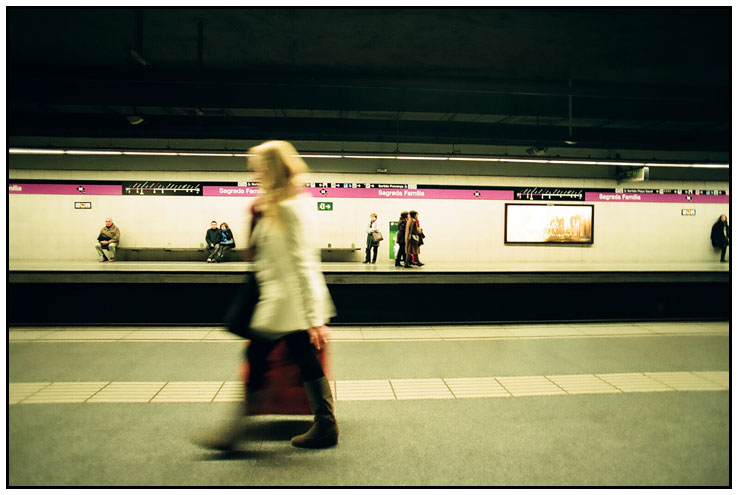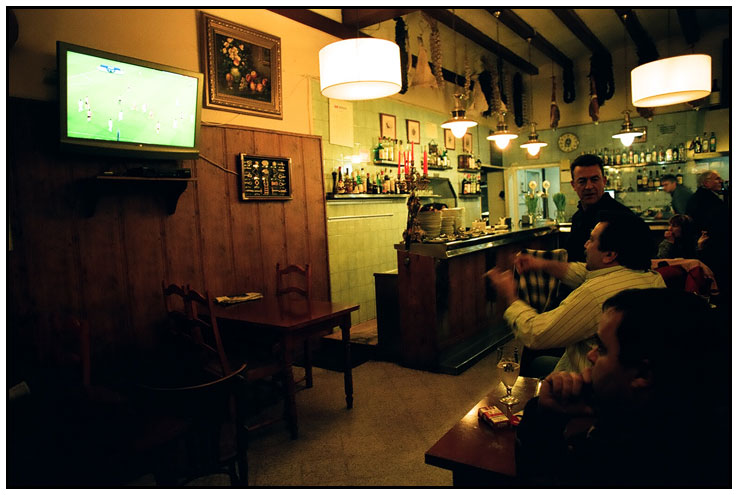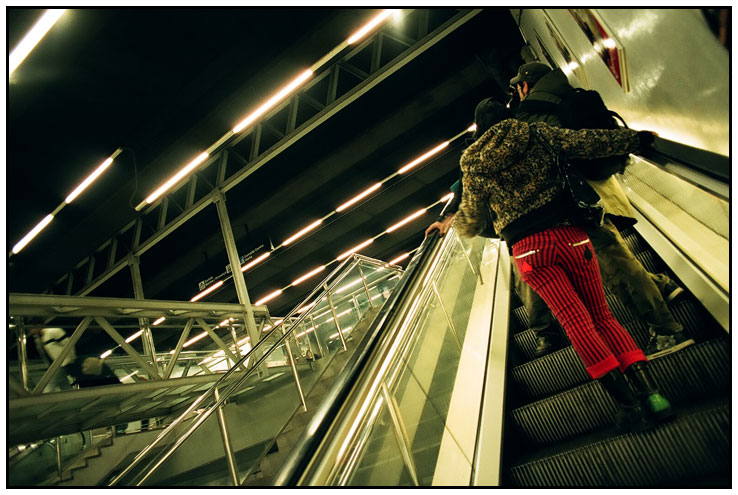Bobfrance
Over Exposed
I used to shoot largely B&W film.
When I went digital I noticed I was producing more colour and upon looking back at those shots I concluded most of the time the colour added nothing to the shot and often spoiled it.
In response I changed some aspects of how I worked. I set the my M8 up so it shot DNG but also a low-res Black & White JPG; this meant I could only see a B&W image on the screen at the time of shooting.
I also set up a standard B&W conversion preset in lightroom and generally apply this to all my shots straight away. I find it easier the see the structure of a shot in mono and can always peek at the colour image if interested.
For me the best thing about using colour DNGs to produce B&W images is that you can finely control the conversion of different tones - kinda like having a infinite choice of colour filters for your lens and a lot more time to choose.
There's nothing wrong with colour of course, and it's nice to have the option to use it when the image really benefits. 🙂
When I went digital I noticed I was producing more colour and upon looking back at those shots I concluded most of the time the colour added nothing to the shot and often spoiled it.
In response I changed some aspects of how I worked. I set the my M8 up so it shot DNG but also a low-res Black & White JPG; this meant I could only see a B&W image on the screen at the time of shooting.
I also set up a standard B&W conversion preset in lightroom and generally apply this to all my shots straight away. I find it easier the see the structure of a shot in mono and can always peek at the colour image if interested.
For me the best thing about using colour DNGs to produce B&W images is that you can finely control the conversion of different tones - kinda like having a infinite choice of colour filters for your lens and a lot more time to choose.
There's nothing wrong with colour of course, and it's nice to have the option to use it when the image really benefits. 🙂




